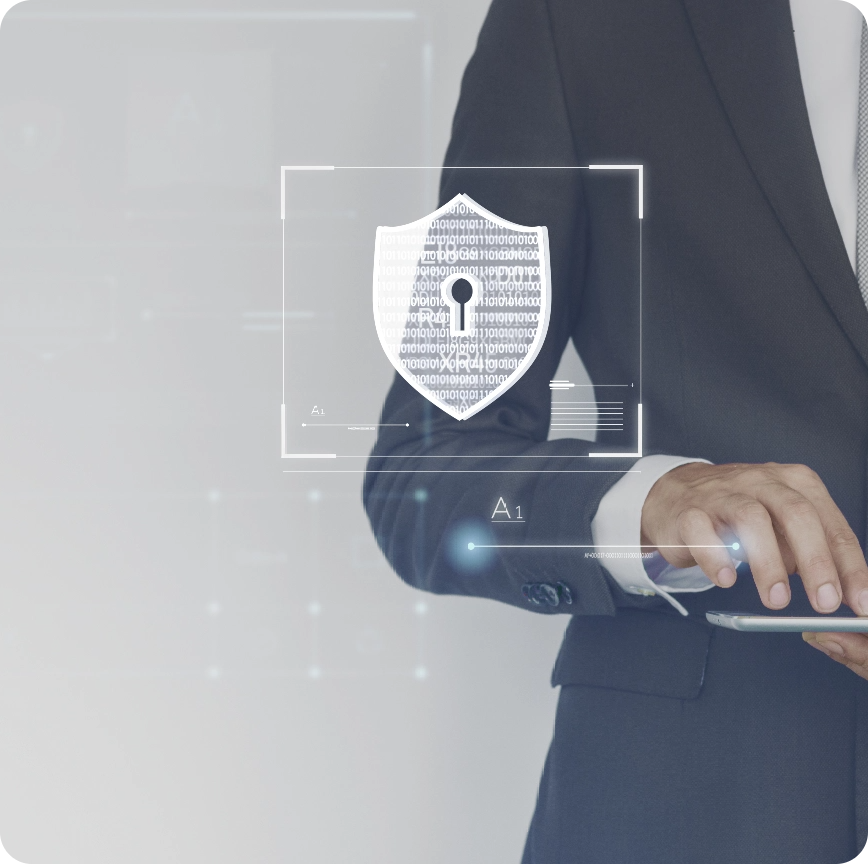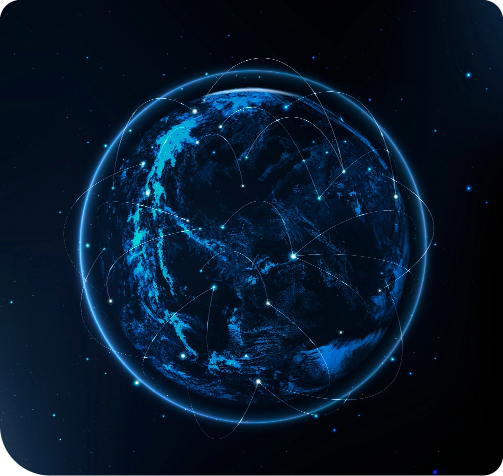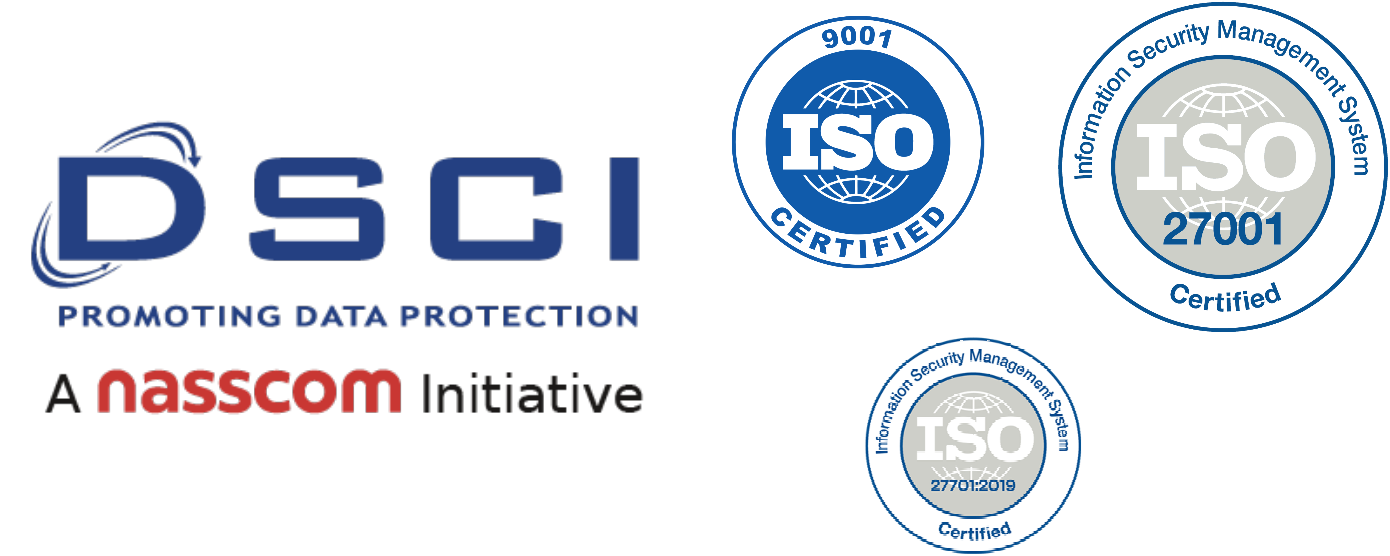Step 1 - Cloud Security Gap Analysis
Step 2 - Cloud Asset Classification
Step 3 - CSP Evaluation and Collaboration
Step 4 - Secure Cloud Architecture Design
Step 5 - Cloud Security Controls Implementation
Step 6 - Cloud Incident Response and Forensics
Step 7 - Ongoing Cloud Security Monitoring and Compliance
Step 1 - Cloud Security Gap Analysis
Step 1 – Cloud Security Gap Analysis
Our experts conduct a comprehensive gap analysis to assess your organization’s current state of cloud security compliance with ISO/IEC 27017. Building upon your existing ISO/IEC 27001 framework, we identify areas where additional controls and measures are required to address the specific security challenges associated with cloud environments.
Step 2 - Cloud Asset Classification
Step 2 – Cloud Asset Classification
Ducara assists in developing a comprehensive cloud asset classification framework that identifies and categorizes the assets within your cloud environment. This includes sensitive data, applications, virtual machines, containers, and other cloud resources.
By understanding the criticality and sensitivity of each asset, we can prioritize security controls and implement appropriate safeguards based on their classification, ensuring proportional protection in accordance with ISO/IEC 27017 guidelines.
Step 3 - CSP Evaluation and Collaboration
Step 3 – Cloud Service Provider (CSP) Evaluation and Collaboration
We collaborate with your organization to evaluate and select cloud service providers (CSPs) that meet the stringent security requirements outlined in ISO/IEC 27017.
Our experts perform due diligence, assess the CSP’s security controls, contractual agreements, data sovereignty, and incident response capabilities. We work alongside your team to negotiate necessary security clauses and ensure the chosen CSP complies with ISO/IEC 27017 standards, providing a secure foundation for your cloud operations.
Step 4 - Secure Cloud Architecture Design
Step 4 – Secure Cloud Architecture Design
Ducara works closely with your IT and cloud architecture teams to design a secure cloud architecture that aligns with ISO/IEC 27017 best practices. This includes implementing network segmentation, secure connectivity options, IAM controls, encryption mechanisms, and data protection measures. Our approach ensures that your cloud infrastructure is resilient, scalable, and optimized for security while maintaining the flexibility and agility offered by cloud computing.
Step 5 - Cloud Security Controls Implementation
Step 5 – Cloud Security Controls Implementation
Building upon your existing ISO/IEC 27001 controls, Ducara implements additional security controls specific to ISO/IEC 27017 requirements. We tailor these controls to address cloud-specific risks, such as data isolation, virtualization vulnerabilities, shared responsibility models, and cloud provider monitoring.
Our approach includes the implementation of secure configurations, logging and monitoring mechanisms, threat intelligence integration, and incident response capabilities within the cloud environment.
Step 6 - Cloud Incident Response and Forensics
Step 6 – Cloud Incident Response and Forensics
We develop and implement a comprehensive cloud incident response plan that incorporates ISO/IEC 27017 guidelines. Ducara assists in establishing robust processes for detecting, responding to, and recovering from security incidents within the cloud environment.
This includes defining incident response roles and responsibilities, conducting regular tabletop exercises, and integrating cloud-specific forensics capabilities to quickly identify the root cause of incidents and minimize impact.
Step 7 - Ongoing Cloud Security Monitoring and Compliance
Step 7 – Ongoing Cloud Security Monitoring and Compliance
Ducara emphasizes continuous monitoring and compliance management to maintain ISO/IEC 27017 standards alongside ISO/IEC 27001.
We help implement cloud security monitoring tools, perform regular vulnerability assessments, and conduct audits to identify and mitigate potential risks or compliance gaps. Our experts provide ongoing support and guidance, ensuring your cloud environment remains secure, resilient, and aligned with evolving cloud security best practices and regulatory requirements.








